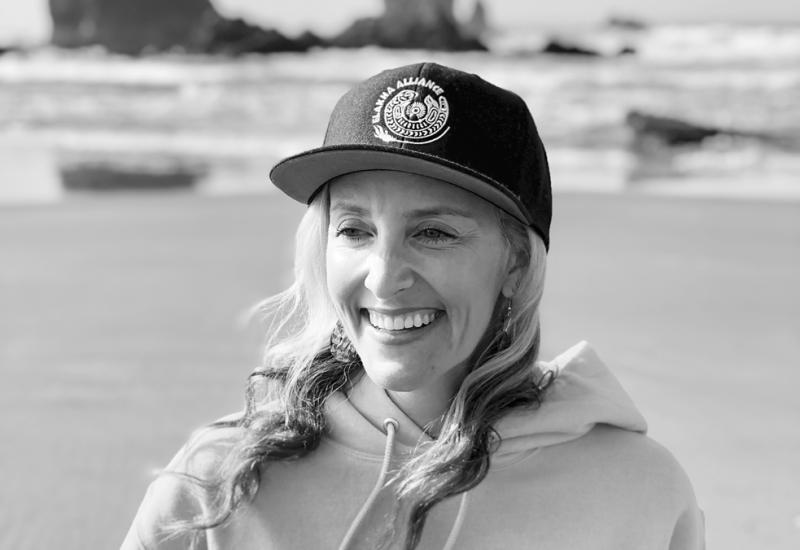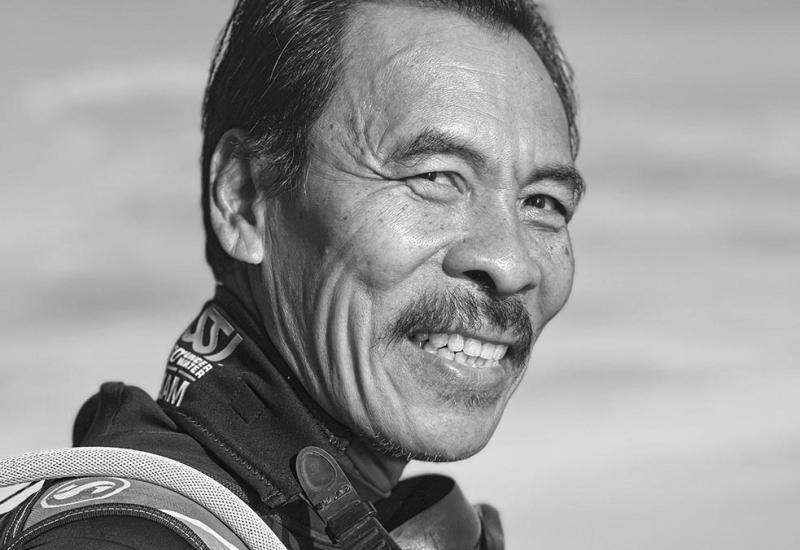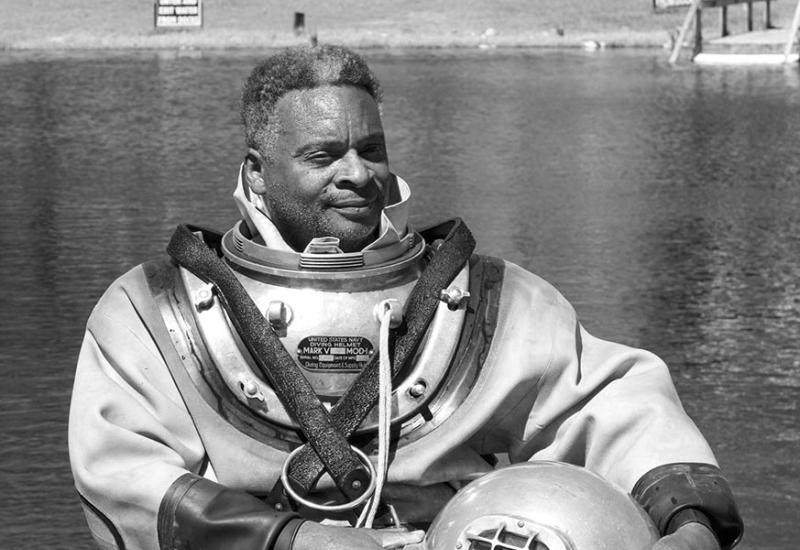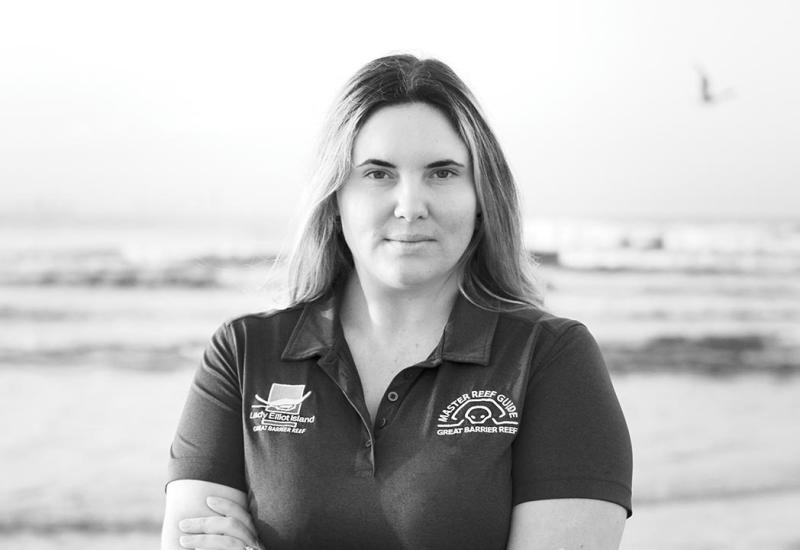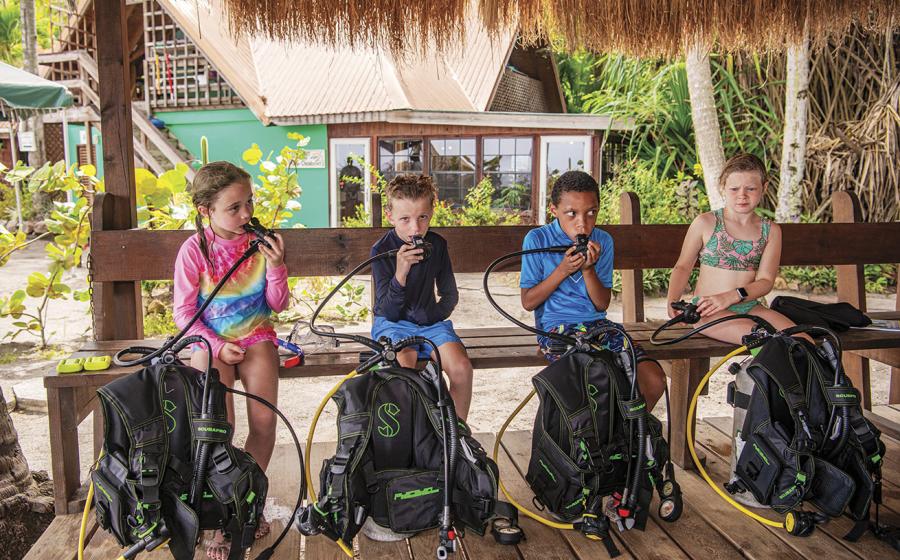Gifted Education Specialist Dr. Kama Cannon Named September Sea Hero
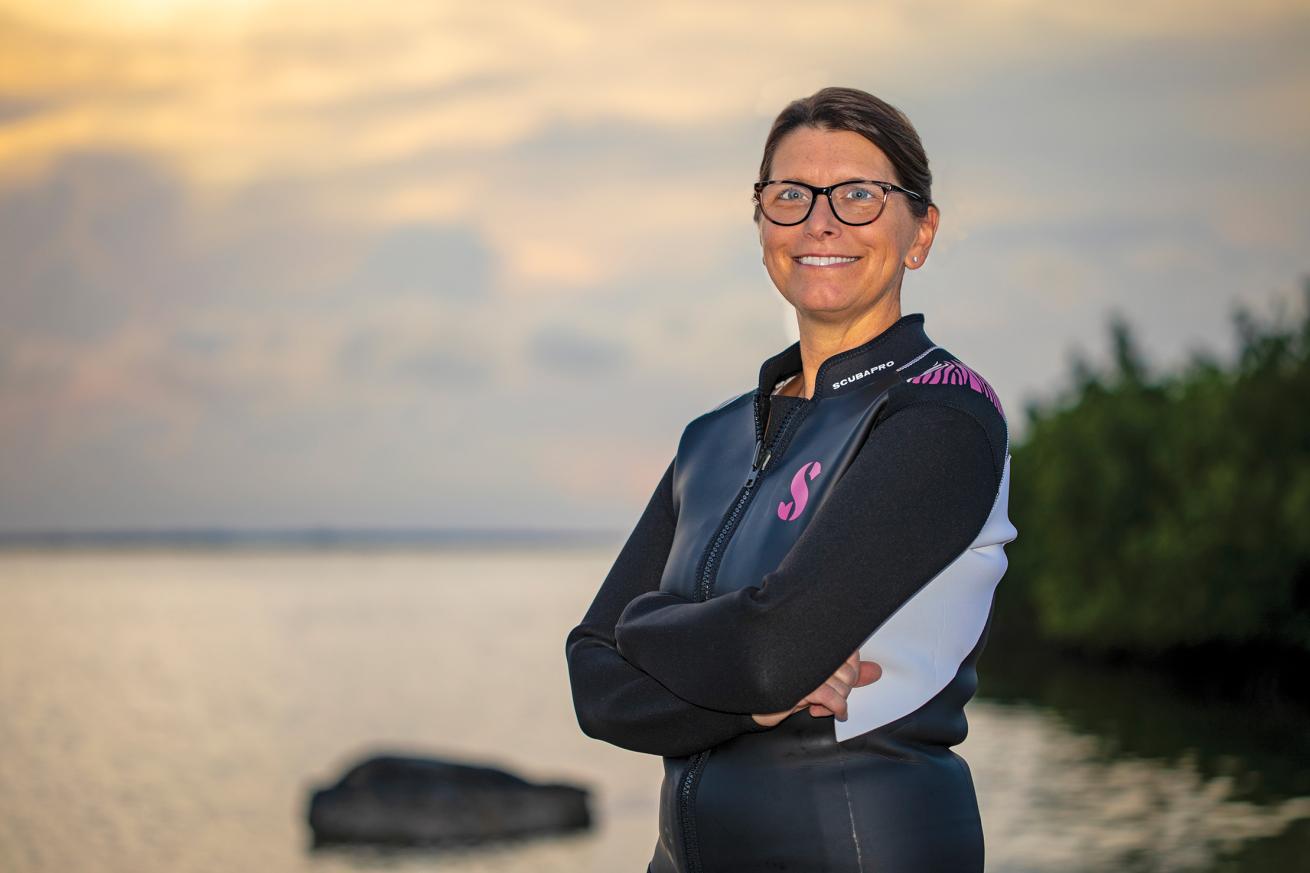
Kristin PaterakisDr. Kama Cannon is a pinoeer in the field of STEM education, inspiring the next generation of divers and ocean conservationists.
Dr. Kama Cannon
Year Dive Certified: 2011
Dive Certification Level: Instructor Trainer/Diving Safety Officer
Expertise: Education, I specialize in guiding youth and young adults who need more than their formal educational experiences provide.
Social Media: Facebook DiveN2Life, Instagram @DiveN2LifeKeys
Dr. Kama Cannon is a pioneer in the field of STEM—an acronym grouping the disciplines of science, technology, engineering and math—founding DiveN2Life to enrich students’ abilities to understand and interact with the ocean, while also learning important applicable life skills.
As a K-12 gifted education specialist, Dr. Cannon also helps students find their passion within STEM to develop a “science identity”—a role one assumes within the science community to feel they belong. This fosters an enduring interest in ocean conservation for the next generation.
Q: What is DiveN2Life, and how is it having an impact on our youth and their knowledge of the ocean?
A: DiveN2Life is a STEM enrichment program that engages youth in experiential learning experiences in marine science, ocean stewardship and coral reef restoration. We teach children to dive and then provide opportunities to serve as guardians of their seascape.
When I founded the organization in 2016, my goal was to introduce middle schoolers to the ocean in ways that encouraged them to step out of their comfort zones and make connections between challenges they faced in their own lives and problems identified within our coral reef ecosystems.
Access to the ocean increases young adolescents’ motivation to interact with STEM concepts at school. Their aspirations to continue working to solve problems identified below the surface of the waves solidifies, transforming them into ocean activists and protectors of our coral reefs.
Q: How have you seen STEM programs change over your career?
A: In the past, STEM looked very different. It did not necessarily speak to students with diverse cultural backgrounds, interests or learning needs. DiveN2Life recognizes that when students become disengaged in academic experiences at school, they require a different approach.
Our young women, especially, see themselves as ocean scientists because our learning environment encourages the development and fostering of their STEM, science, and conservation identities. The assumption of a “science identity” is key to long-term engagement in STEM and ocean conservation.
Our place-based model differs from other STEM programs because we utilize the physical and cultural landscape and seascape in our community, rather than focusing on disconnected labs or robotics-based activities which may lack connectivity to meaningful problems and challenges we face here in the Florida Keys and the Caribbean region.
Q: What is it like for you to see the next generation working to solve problems facing our oceans?
A: The most powerful aspect of guiding our participants is observing their transition from students to leaders. They develop diving and research knowledge and skills during middle school and then, in high school, begin their leadership apprenticeships, serving as role models for the younger students.
Watching teenagers conduct conservation projects that many assume are reserved for graduate students is astounding. By the time most of our students graduate, they hold professional diving and scientific diving credentials. Wherever their next steps take them, they have developed solid science and conservation identities. More importantly, they have developed their self-efficacy, are resilient, and are ready for college and career.
Q: What advice would you give youth who can’t participate in DiveN2Life on ways to get involved in conservation efforts?
A: Those who do not live close to the ocean can participate in place-based learning experiences by engaging in watershed conservation activities. We are all connected and the health of our ocean depends upon clean rivers and tributaries.
Related Reading: Meet the Women Leading 'Mission: Iconic Reefs'
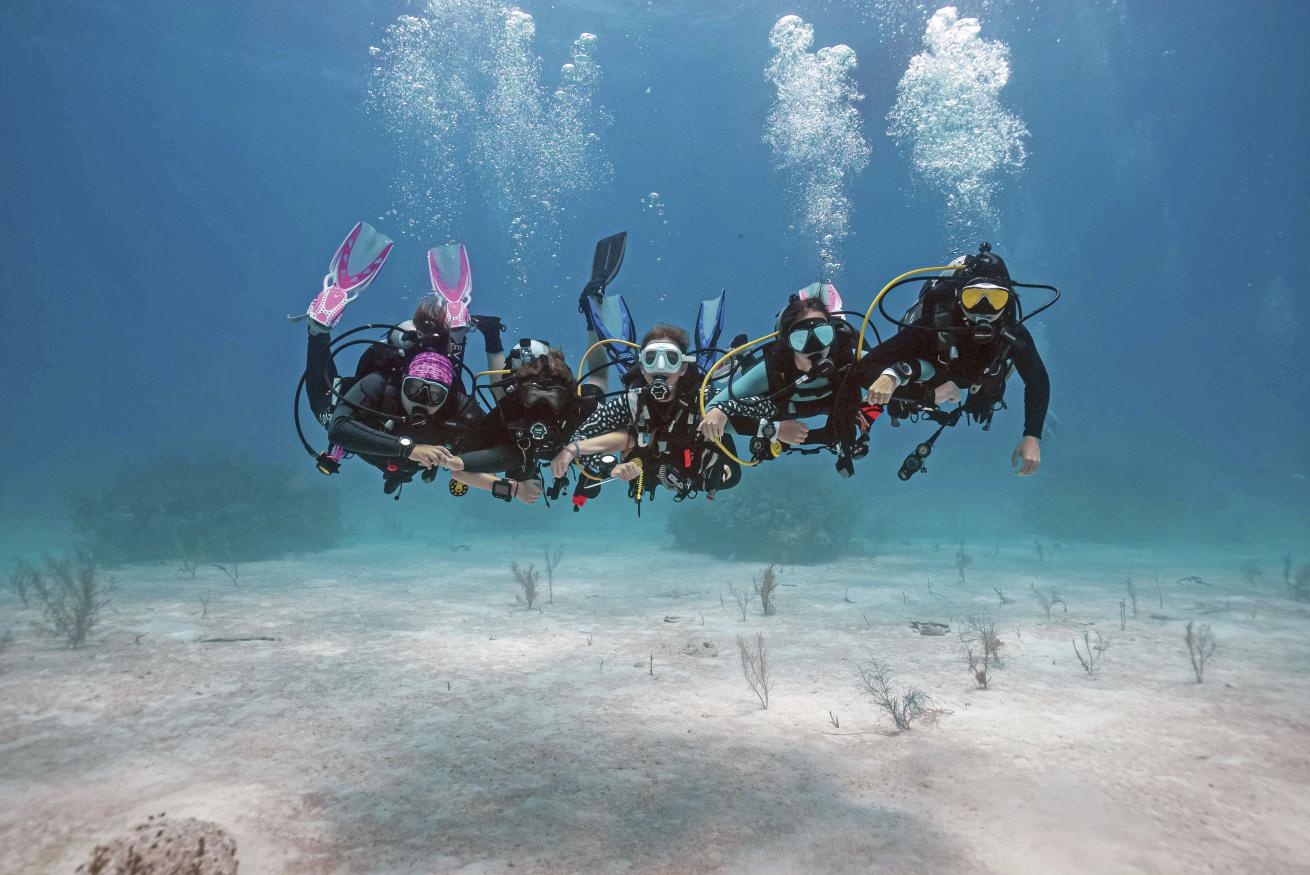
Kristin PaterakisDiveN2LIfe participants diving in Grand Bahama, Bahamas.
Q: What do you view as the greatest challenges in marine conservation today? How are these challenges reflected in your work?
A: The greatest challenge in marine conservation today is the polarization, or division, found within our human family. As an educator, my role is not to argue political ideologies as they relate to science or conservation-identity development.
I focus on developing my students’ resiliency and fostering their passion for our landscapes and seascapes. In this way, my students are better able to reach their full potential and continue their personal, academic and professional journeys.
Q: What's been your most satisfying moment?
A: In 2017, a 10-year-old girl entered my classroom for her DiveN2Life interview. She was armed with a clipboard and pen and was possessed with a fiercely intense spirit–I quickly realized that I was the one being interviewed. She was anxious about diving and had so many questions.
That young lady joined DiveN2Life and I have had the honor of serving her these many years since. She graduated from high school and will complete her bachelor’s in marine resource management in 2025. Additionally, she completed her divemaster and scientific diver ratings with me and is a leader in our organization.
When I think about this special young woman, I am encouraged to continue my work finding a way to keep DiveN2Life going. There are so many more young girls out there, just like her, who need a program like ours.
Q: What's been your most surprising moment?
A: As a K-12 gifted education specialist, I have served students and their families for multiple years. I didn’t realize when I started the organization that I would become a member of many of my students’ families. When students enter my program, they are children. When they graduate, they are adults—I am no longer their teacher or guide, but their friend. I often learn as much from them as they do from me. That is a powerful realization.
Related Reading: Marine Scientist Callum Roberts Named August Sea Hero
Q: Who are your Sea Heroes?
A: My Sea Heroes are the children who have overcome fear and anxiety and found the strength within themselves to learn to dive and to dive for science. These passionate young ocean conservationists are Kara Norman, Marsella Munoz, Tamara Bredova and Riley Young.
Q: Is there anything we did not ask that you would like readers to know? Tell us what's important to you!
A: At DiveN2Life I develop knowledge through experiences. I provide time for sharing, thinking and reflection. I ensure students have time to apply what they are learning in authentic contexts and work to help my students develop their understandings of themselves and their academic, social and emotional growth.
I believe in providing students with autonomy and choice, and in challenging them just outside of their comfort zones. As an educational leader and the facilitator of this unique learning environment, it is my ultimate hope to be a mentor and guide to my students, helping each one reach their full potential.
I recognize that every student is different and requires a unique educational path and accompanying social-emotional journey within the grounded framework of each course I lead. I recognize the importance of mentoring our young conservationists and encourage other teachers to find their place to volunteer or develop an organization to support at-risk youth.

